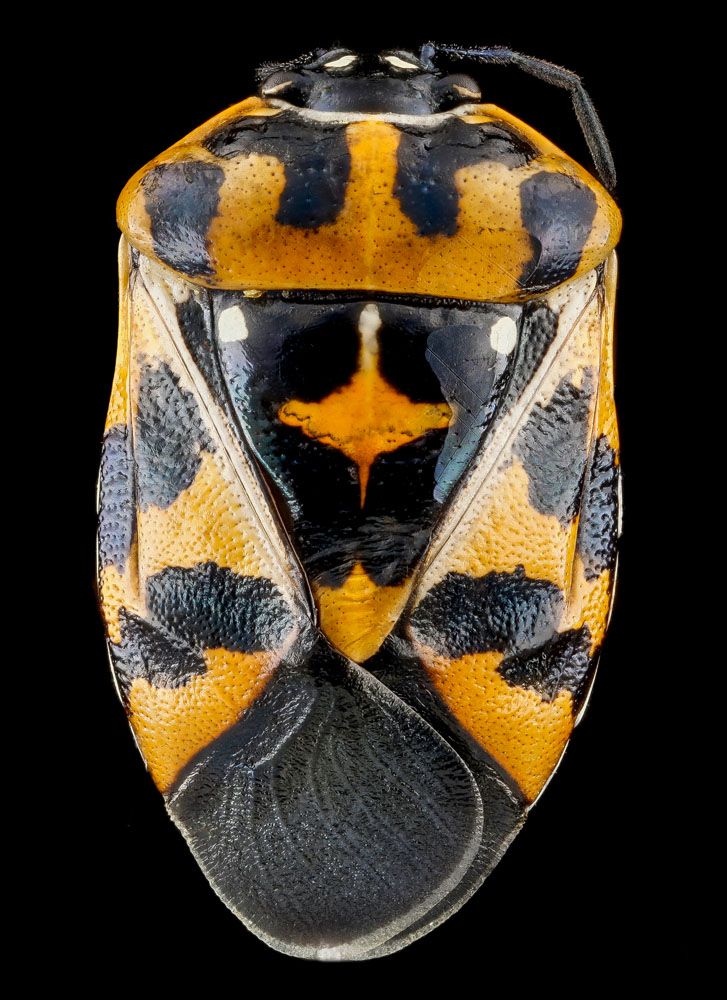
Harlequin Bug – Murgantia histionica
Harlequin Bug: Appearance, Territory, Damage and Life
Latin name: Murgantia histrionica
Appearances: The harlequin bug’s eggs look like little white kegs stacked two high. One batch of around 12 eggs is laid at a time, typically on the underside of the host plant’s leaves. Before they are ready to mate, the five or six nymphal instars must feed and grow for four to nine weeks. The nymphs’ heads can be light orange (first instar), darker (second to fourth instars), or even black (in fifth instar). First instar antennae are whitish and turn black with each subsequent molt. First instars have a pale orange thorax, whereas fifth or sixth instars have a final pattern of red, white, yellow, and black.
Host plants: Many vegetables are harmed by harlequin pests. They favor plants from the Brassicae family, which includes crucifers and mustards like cabbage, mustard, greens, and radish. Additionally, they are a secondary pest of many other fruit and vegetable crops, including tomatoes, beans, cantaloupe, onions, raspberries, and pare.
Territory: From the Atlantic to the Pacific coasts, the harlequin bug is a southern insect. North of Pennsylvania and Colorado, this bug is hardly ever encountered. Soon after the Civil War, it began to spread from Mexico throughout the southern United States.
Damage insect caused: The harlequin bug consumes the juices of the plant it is feeding on. The host plant wilts, browns, and eventually dies as a result of literally “sucking-to-death.” The harlequin insect feeds and reproduces throughout the full year throughout the majority of its territory. In the north, the impending winter forces insects into the cover of grassy clumps, cabbage stalks, and other trash. The only stage that typically survives cold circumstances is adult. By the time the earliest garden plants are planted, the adults had emerged during the first warm days of April.
Life cycle and history: It takes 50 to 80 days to produce one harlequin bug. Three stages make up the life cycle: egg, nymph, and adult. It’s unlikely that harlequin bugs, sometimes known as stink bugs, truly hibernate because they spend the winter as adults. A mature female will produce a cluster of 12 barrel-shaped eggs. The black and white hoop pattern on the eggs makes them simple to identify. Eggs will hatch in 4 to 29 days, depending on the climate. Nymphs move through 5 to 6 instars while feeding for 4 to 9 weeks. From egg to adult, the process can take 50 to 80 days.
